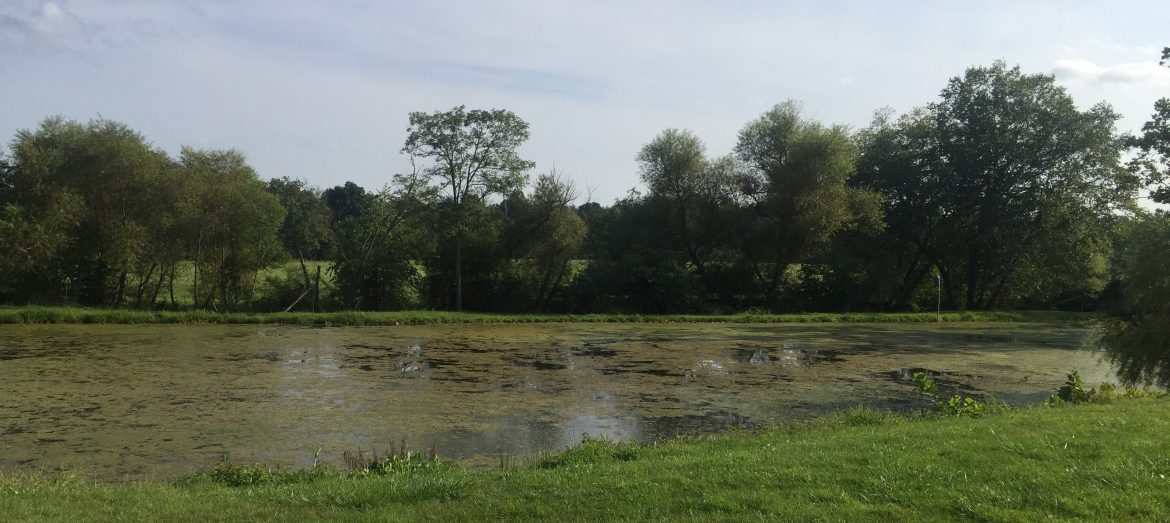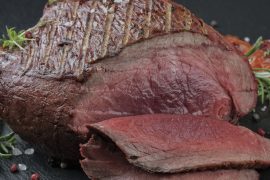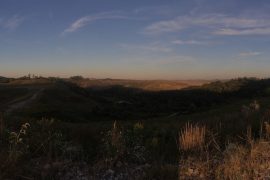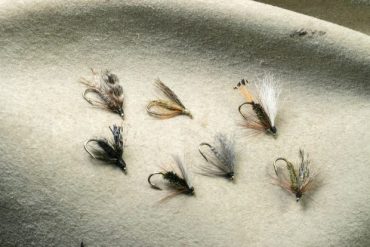Summer is winding down and all across the U.S. youngsters are headed back to school. For many hunters archery season is about to begin and this marks the start of the fall hunting season. The sole focus for the next four to five months will be chasing big game animals like whitetail, mule deer, elk and pronghorn just to name a few. But an often overlooked fall hunt is probably close to home, accessible, fun, and just waiting for you to decide to venture outside of your routine. Hit ‘em early and hit ‘em hard; it’s time for early resident goose season. Below are three reasons to set down your bow this September and pick up your shotgun for a little early season waterfowling.
Conservation
Canadian geese aren’t nearly as destructive to their environment as their cousins the snow geese, but their impact can be felt year round. These are the geese you see in the local parks, golf courses, lakes, rivers and ponds all summer long. They defecate everywhere, from sidewalks to lawns to waterways. Not only is this a messy nuisance, the feces can cause algae blooms in local waterways, depleting oxygen which can have a negative impact on aquatic plants and fish. By participating in the early resident goose season in your area you can not only reduce habitat destruction but also help clean up your waterways and increase fish populations!
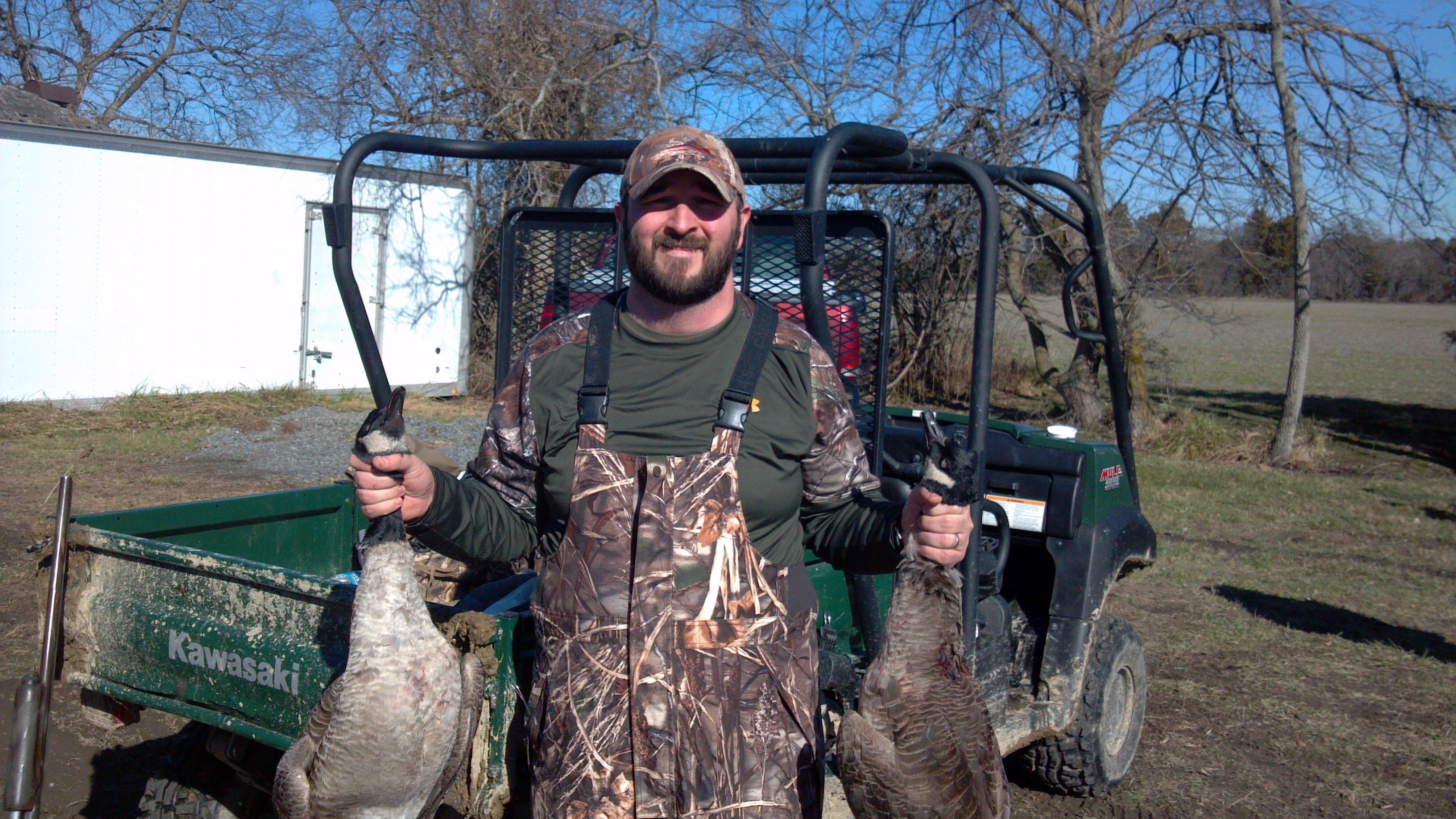
Easy Pickings
Relatively speaking, most resident goose populations are made up of a combination of mature and adolescent birds, just like their migratory brethren. However because they have established a relatively pattern-able routine you can use this to your advantage. Even though the flocks will have a mix of mature birds, these birds will have become accustomed to people over the spring and summer. By the time September rolls around they will be as fearless as the young birds they are raising. Resident geese will only have a few fields to feed in or ponds and rivers to roost on within their home range. Simply figure out where these areas are and secure permission to hunt and you are halfway there.
Run and Gun
Resident populations are made of up smaller family groups so they are not looking for large decoy spreads like the migratory geese, they are satisfied that food is available if they see just a couple dozen decoys or less. Lay the decoys out in smaller family groupings about 10 to 15 yards apart. Needing less decoys means you can “run and gun” from spot to spot as the birds fly out in the morning and back at night. When one spot cools down after the morning hunt, just pack up your decoys and head to a new spot, even if you are by yourself.
September is calling, how are you going to answer? Whether you want to hunt early resident geese or chase some whitetails this fall, Fin & Field has your back. Log on today and let us help you book that next adventure of a lifetime!
Guest Blogger Shawn McCardell
About Fin & Field
Fin & Field is changing the way sportsmen find, compare, book and share their fishing and hunting adventures. We’ve consolidated the hunting and fishing industry into a powerful marketplace that connects sportsmen and operators (charter boats, fishing guides, hunting guides, lodges, marinas, outfitters, outdoor brands, and more). We’re using technology to drive more meaningful, fun, and efficient communication that’s making it easier for sportsmen to get the information they need to do what they love.
Book your next adventure at www.finandfield.com.

